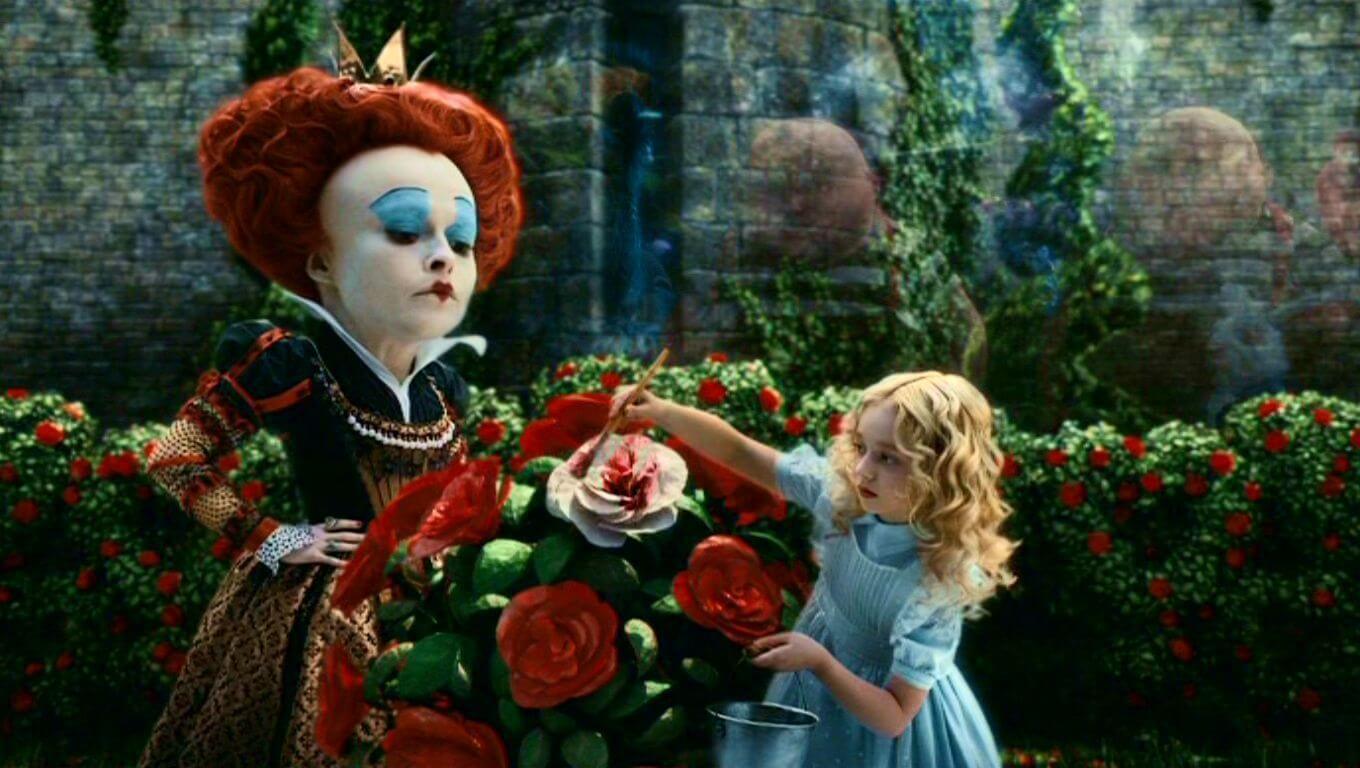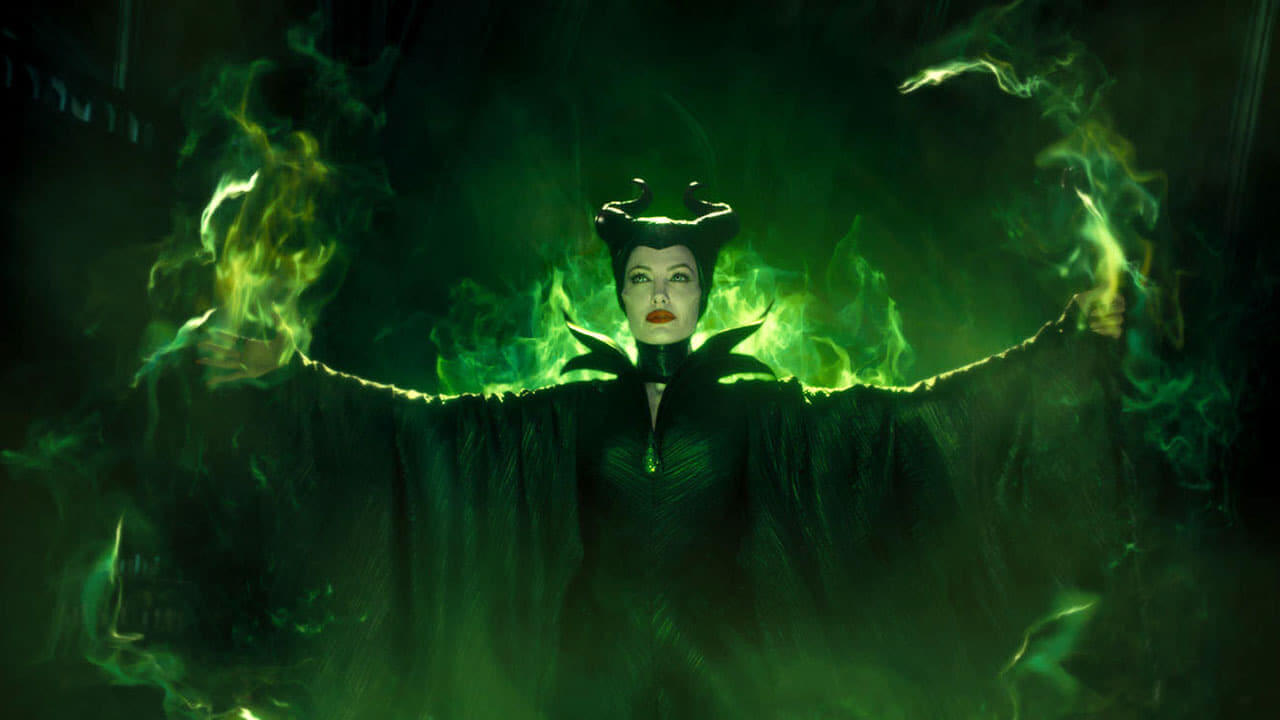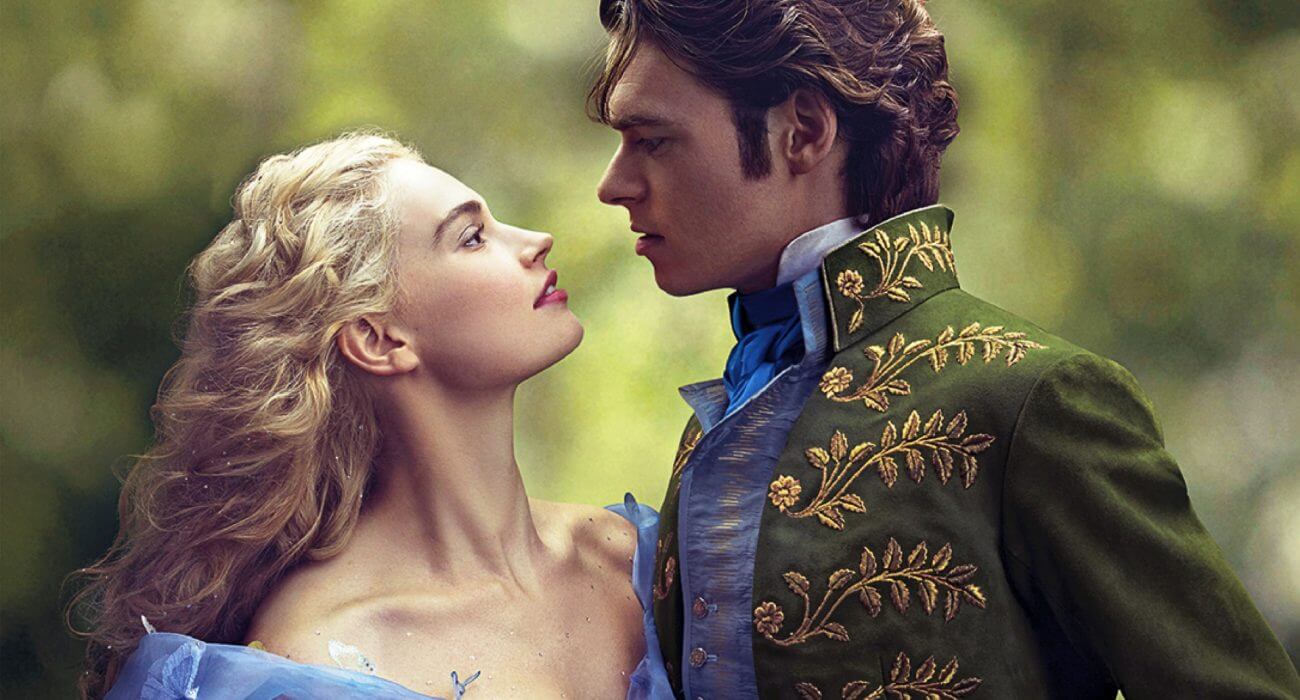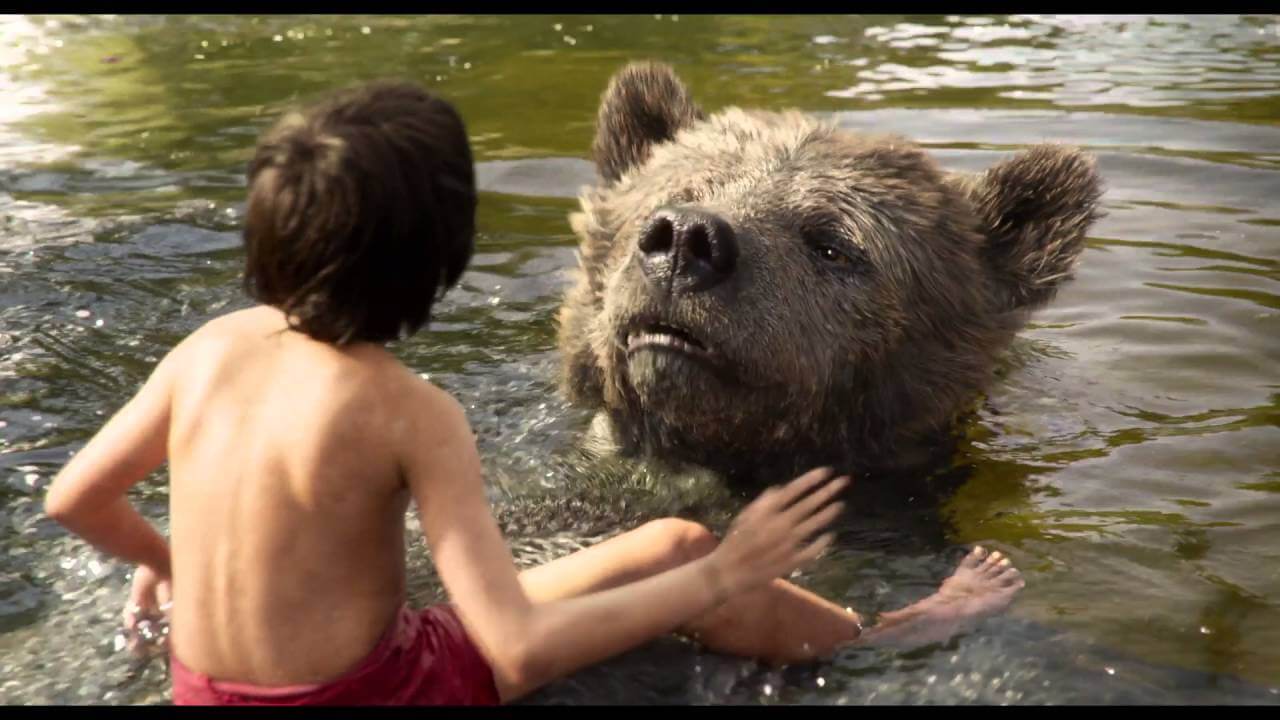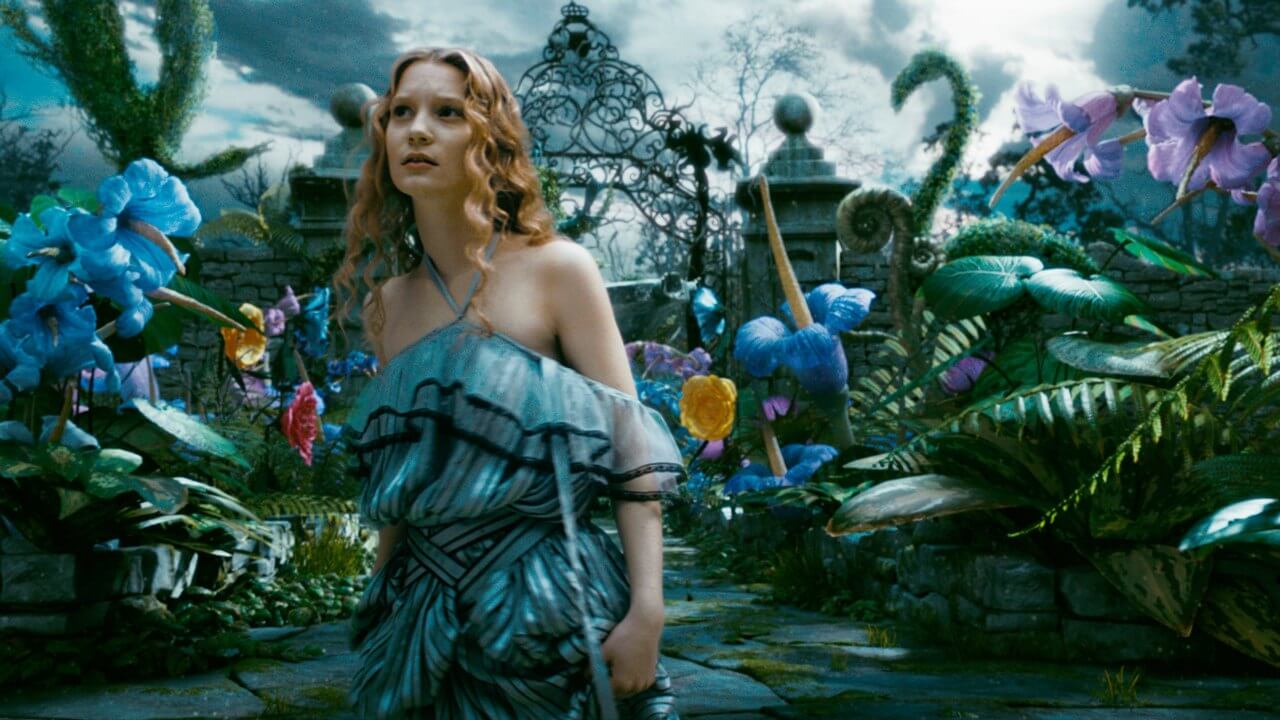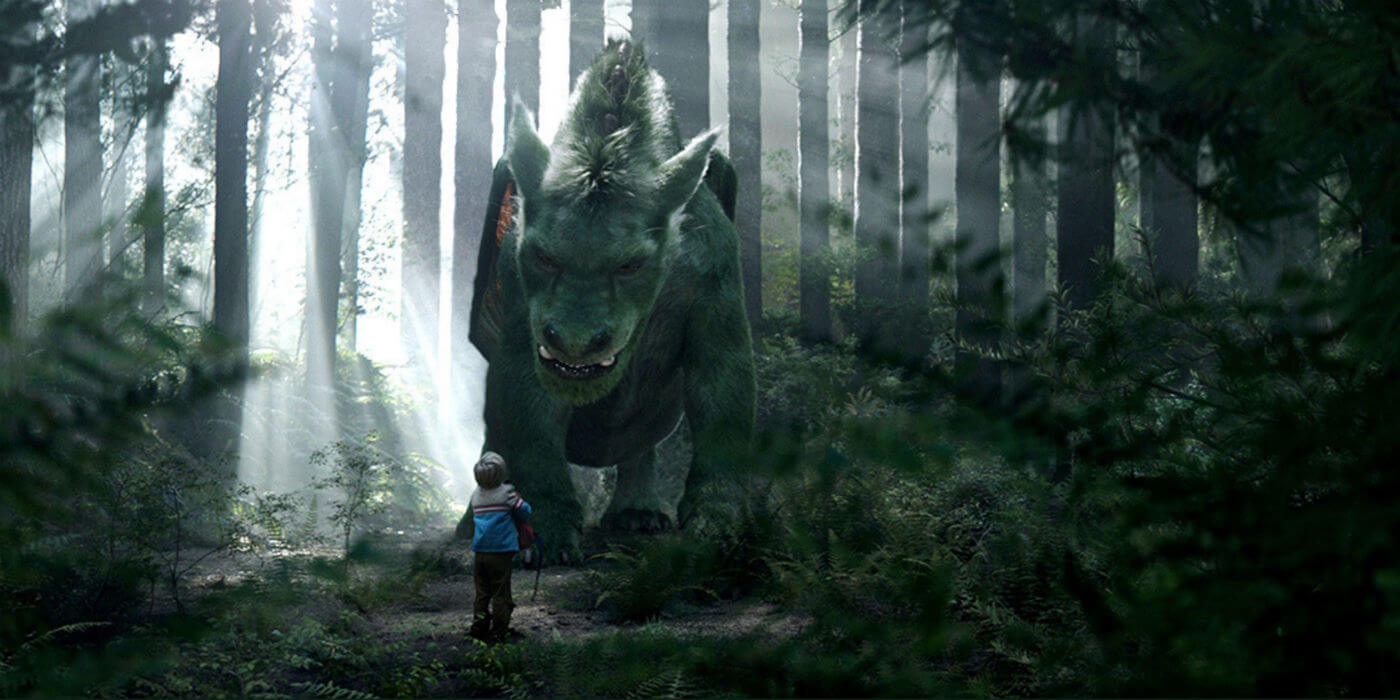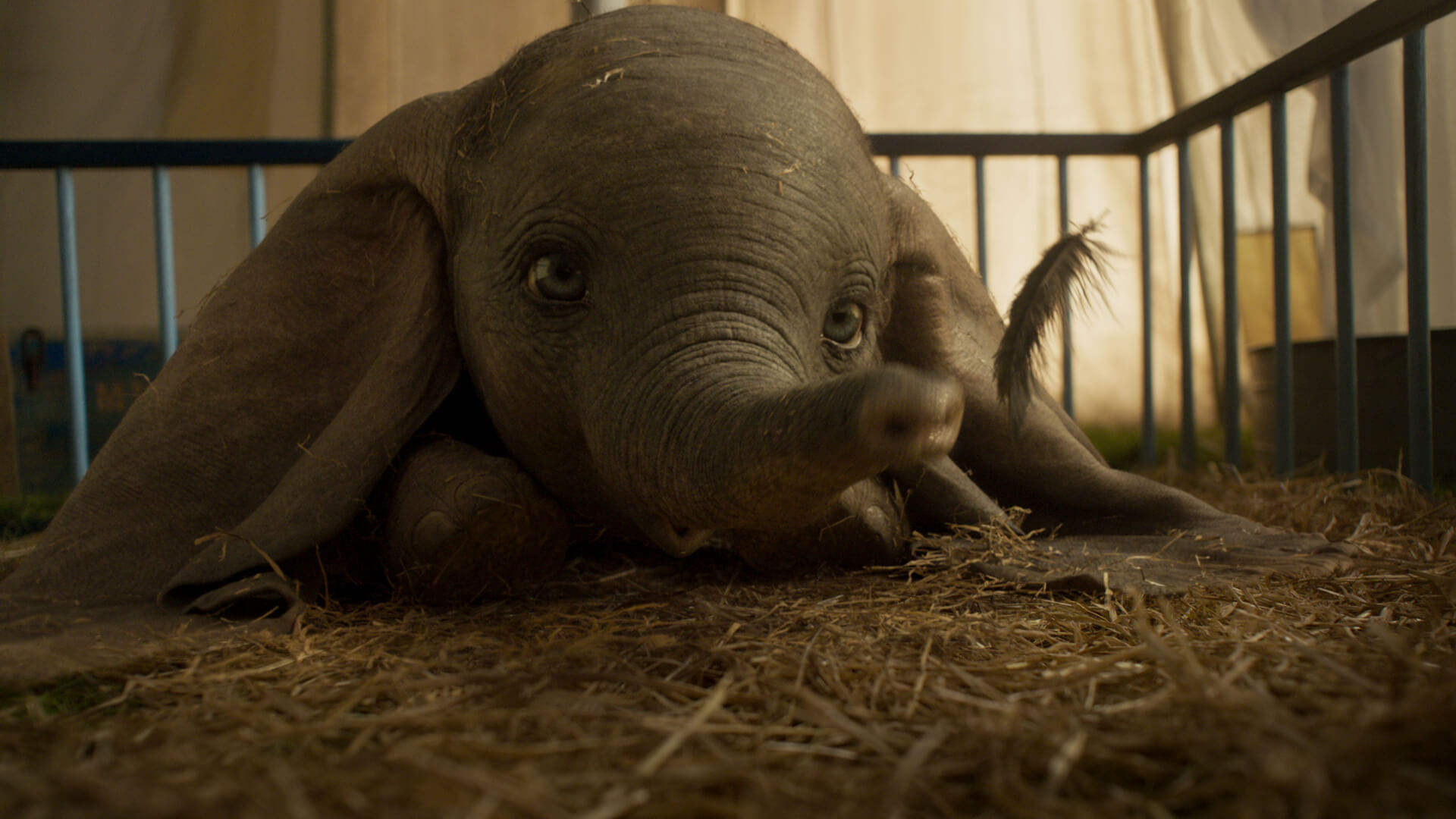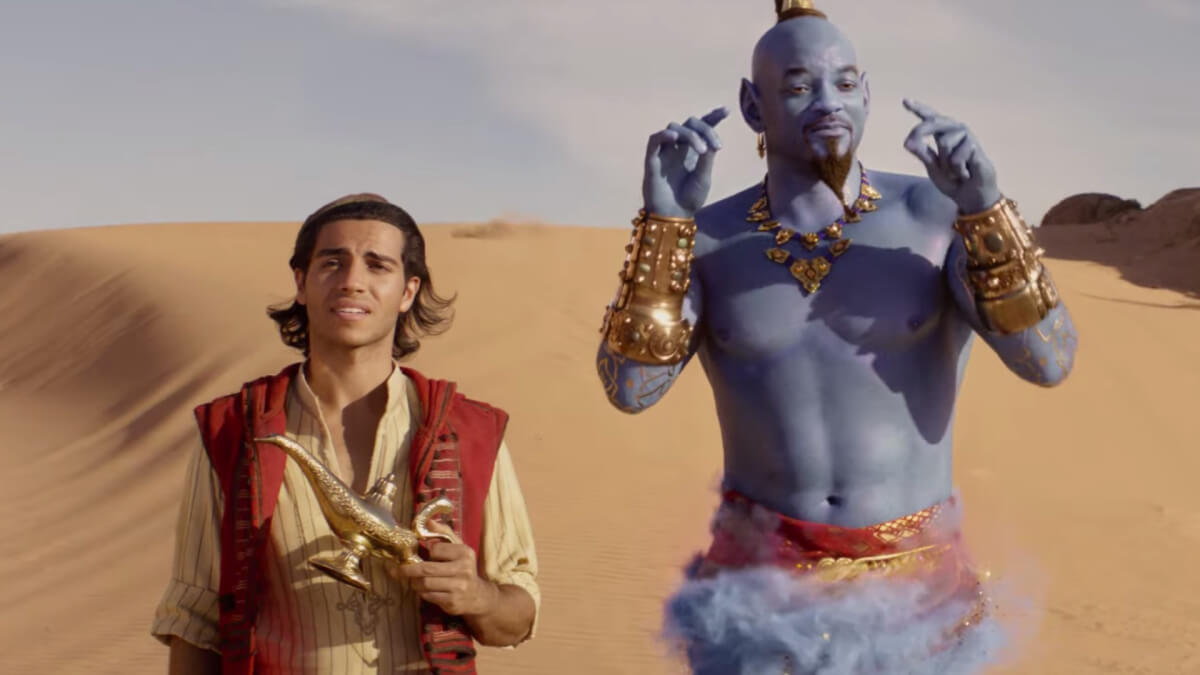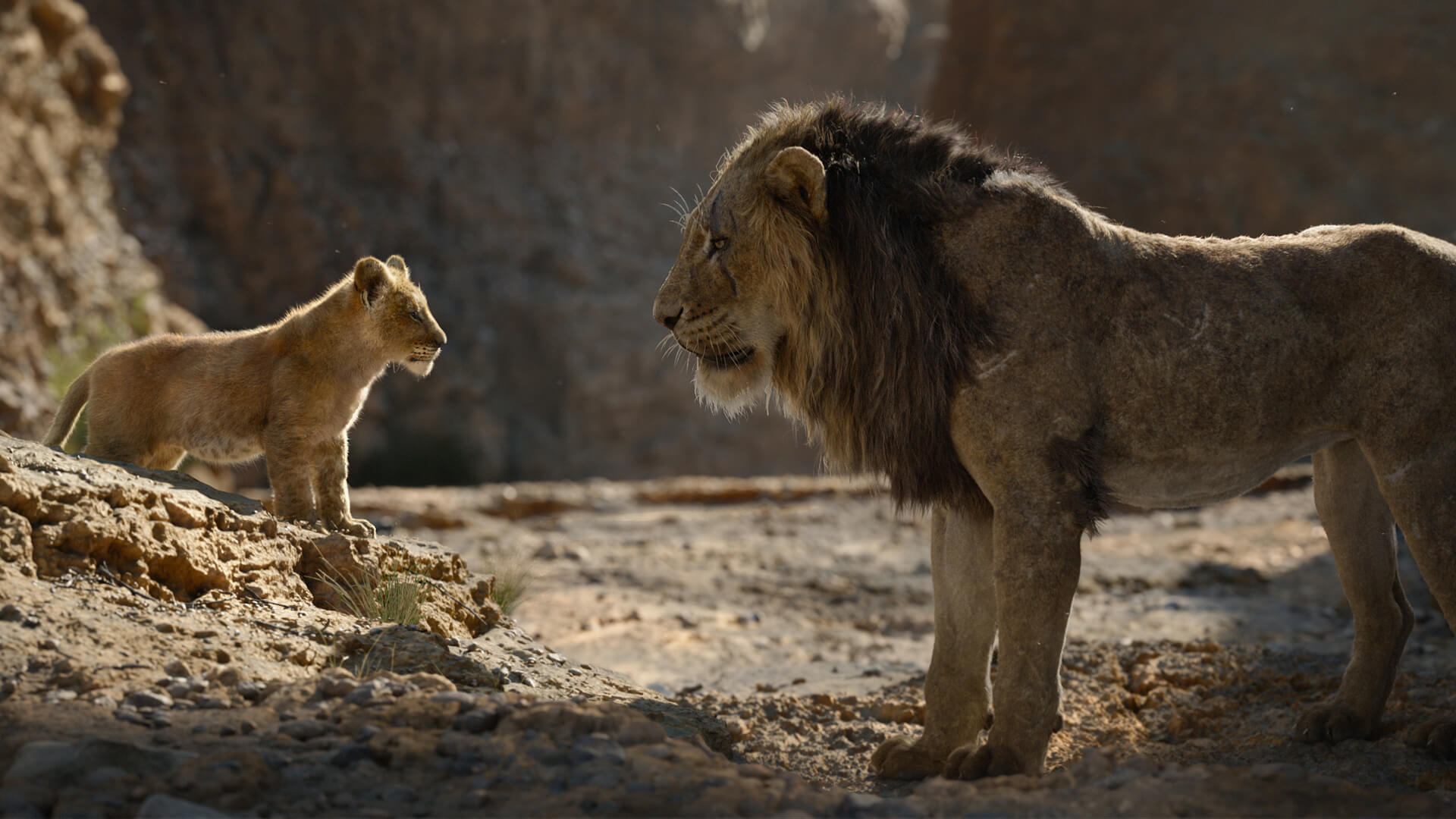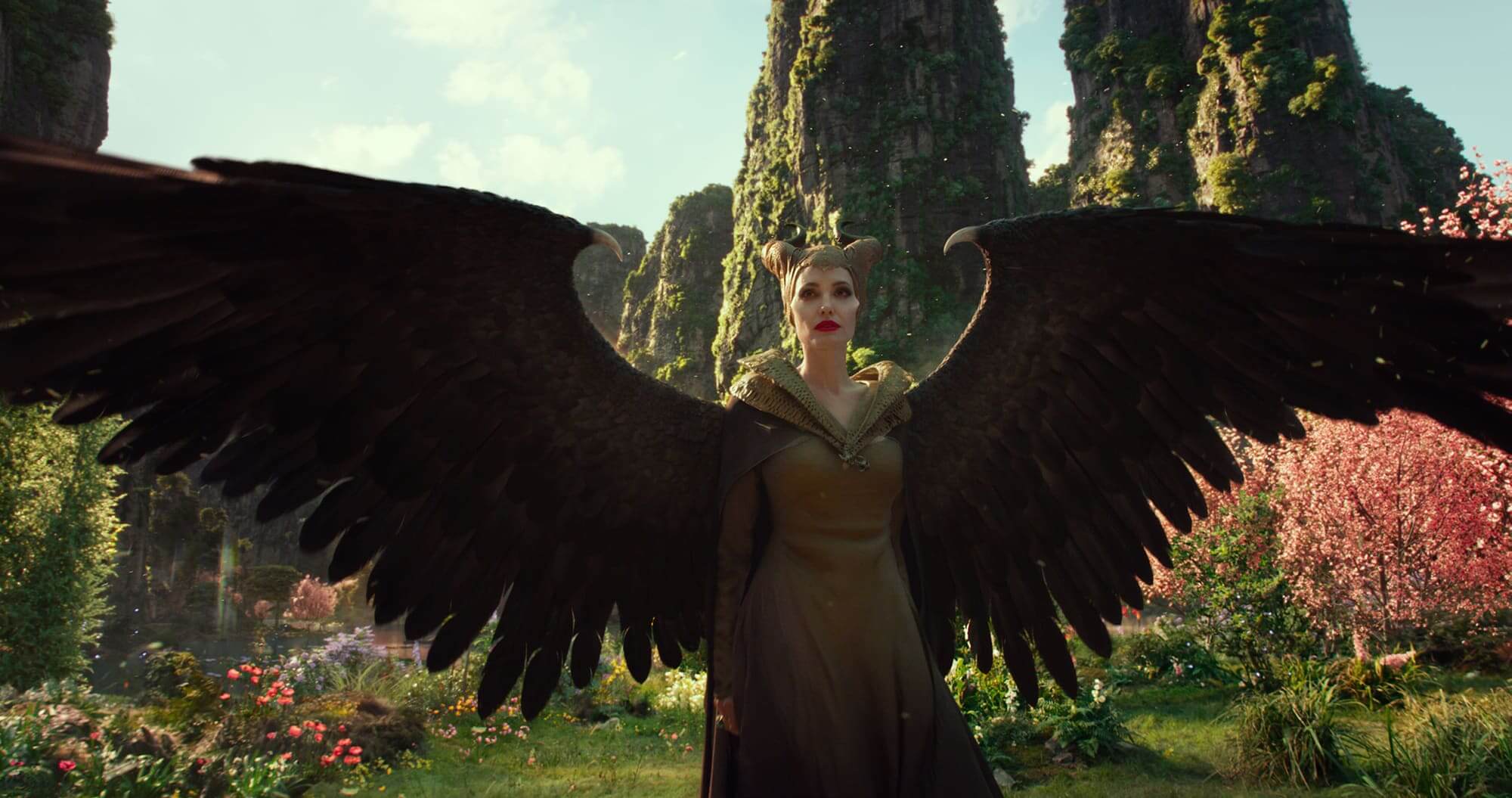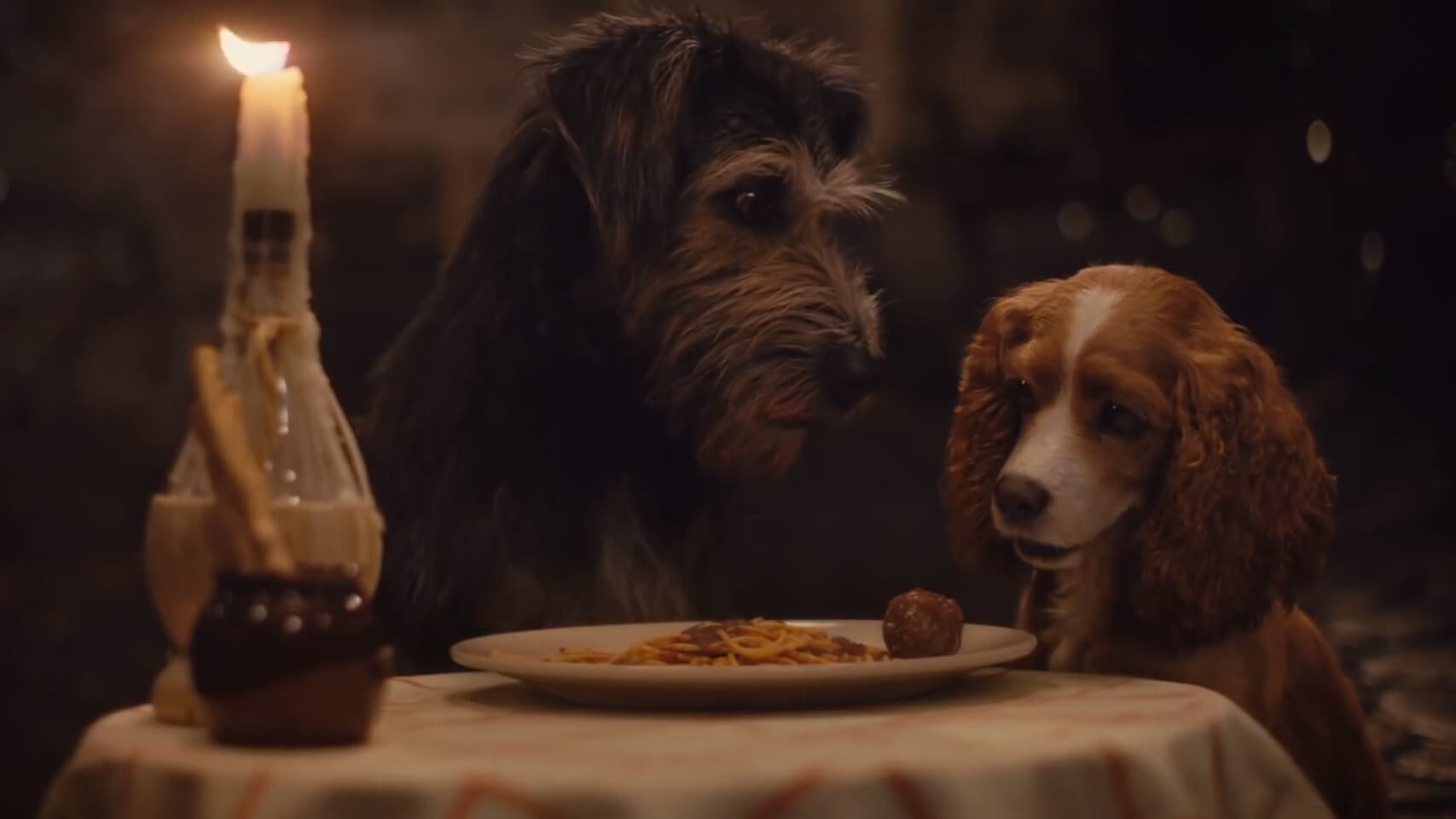Animation Rewind: Ten Years, Ten Big changes
Here at Skwigly, we like to look back and reflect on some of the amazing work that has industry and community create. As clocks rung in not just a new year, but a new decade – we decided it was a good opportunity to look back at some of the amazing work that has shaped this decade and ten big changes that have changed mainstream animation as we know it.
Technology
Of course, where else to start than with technology. Companies such as Disney, Pixar, Autodesk, and Foundry have steered the way forward for technological developments, however smaller companies have been making a strong, dynamic impact also.
In 2016, The Mill launched “Blackbird”, a technological feat for the company that is no stranger to creating automotive commercials. The first fully adjustable car rig that is used to create fully photoreal CG cars for any use. This incredible development was picked up and featured in Top Gear Magazine, amassing over 2 million views!
Real-time Rendering is on the dramatic rise. Of course, to the gaming world, real-time rendering is nothing new. However, this decade saw technology expand and develop so much to the point where real-time rendering was able to produce such great results that it could challenge classic pre-rendering techniques. Disney shows such as Amigo & Baymax Dreams as well as Hollywood blockbuster VFX productions like War for the Planet of the Apes and Rogue One have proven that real-time rendering isn’t just another useless, flashy tool but an efficient, game-changing process that is bound to save studios’ time & money, as well as prevent artists from going crazy after seeing their 6-hour render has a problem!
In company news, Autodesk made numerous purchases that broadened their suite of software and products available. Shotgun, a project organisation tool that helps make your workflow more efficient that is used by Disney, Dreamworks, Framestore and more was purchased in 2014 and SolidAngle, makers of the renderer Arnold in 2016. Arnold was used by major VFX studios across the world and with the acquisition, Maya offered Arnold free with the installation of their software. Adobe made a number of acquisitions throughout the year, the most relevant of those being Mixamo, a 3D character animation & motion capture company in 2015.
“Live-Action” Remakes
Disney started off the decade with its live-action remake of Alice in Wonderland, however, who could’ve predicted it would’ve not only grossed a billion dollars worldwide but also launch a tidal wave of “live-action” remakes across the rest of the decade, specifically last year, with The Lion King being a fully-CG remake with no human characters at all. Although Disney would say differently, The Lion King marks a clear definitive shift in CG animation and VFX. Other remakes included Andy Serkis’ Mowgli: Legend of the Jungle, Dora and the Lost City of Gold and Pan.
There is fierce debate ongoing about whether or not “live-action” is the correct term. With films such as The Lion King featuring fully animated CGI characters, though rendered in a hyper-real sense, the characters are still animated, not motion capture. The film has been nominated for a BAFTA in Special Visual Effects, as opposed to Animated Feature which muddies the water slightly.
UK Animation
The UK animation scene has flourished in this decade. The London VFX scene expanded greatly and had amazing success, with companies such as ILM setting up shop and Double Negative expanding into the Feature Animation realm with the help of Locksmith Animation, it’s been a decade of developments. Stop-Motion giants – Aardman Animations continued to thrive into the new decade with Christmas Cheer, Pre-historic tales, and Silent Sheep. Growing and expanding with its acquisition of Nathan Love in New York as well as handing over a 75% stake of the company back to its employees in an admirable move to safeguard its independence. All on top of running an incredibly successful crowdfunding campaign to bring back their much loved iconic character- Morph.
London’s CG studios have also had a good decade. Blue-Zoo had multi-BAFTA-winning success as well as opening up a new 2D studio, creating 60 more jobs and opening up a world of opportunity for the CG-focussed studio. Studio AKA entered the TV series game and won an International Emmy for Hey Duggee. As previously mentioned, Double Negative partnered with newly created Locksmith Animation, securing a distribution deal for their first feature-length CG film with Warner Bros. Passion Pictures have celebrated great achievements with their Oscar-winning The Lost Thing and their Oscar-nominated Pear Cider and Cigarettes. As well as their involvement in numerous award-winning features and TV shows.
Lobbying Groups
Organisations grew over the years. Animation UK paved the way for tax breaks and stronger recognition not just from the creative industry but the UK government also. SIGGRAPH opened it’s London chapter and has run several successful events. Access-VFX and Q-VFX have launched to increase inclusion, diversity, awareness and opportunity for budding BAME & LGBTQ+ animators. You can read more about the amazing work these organisations are doing in our British Animation breakdown.
Game-Changing Releases
Of course, we can’t talk about all this progress made this decade without mentioning some real standout releases that grabbed everyone’s attention. Laika ended the previous decade with their first feature film and end this decade with a showcase of some of the most innovative and beautiful pieces of stop-motion brought to the silver screen. Seeing their growth over the years from being a commercial content house to a global feature film studio is an amazing feat and we’re super excited for what this new decade has in store for them. Many other independent stop-motion animations thrived and received high critical praise include My Life as a Zucchini, Anomalisa and Isle of Dogs. Aardman Animations had a fantastic decade with 5 worldwide releases as well as continuing to produce shows for TV and online.
At the start of the decade, Disney’s CG output hadn’t quite lived up to the critical acclaim that it’s 2D predecessors that laid the foundations for the company had done. However, 2010 was the year that all changed with their first release of the decade being Tangled which brought the studio back to its fairytale roots and received very high praise from critics and audiences alike. Since then, the studio has had success after success with the likes of Wreck-It Ralph, Frozen (and their respective sequels), Zootopia and Moana. Pixar started the year on an astounding high with the release of Toy Story 3 which went on to be the highest-grossing film at the time as well as winning multiple Oscars.
Disney’s Spending Spree
The studio continued to have amazing success throughout the year breaking many box office records and winning multiple Oscars as well as acquiring Lucasfilm .Ltd and obtaining the rights to Star Wars and Indiana Jones. As well as making subsequent Star Wars films, the company developed multiple animated shows for TV and online, such as Star Wars Rebels, Forces of Destiny, Star Wars: Resistance and Galaxy of Adventures.
Big Changes at DreamWorks
This decade saw major changes for DreamWorks Animation. The company lost its longtime CEO Jeffery Katzenberg through the merger with NBCUniversal and having Illumination’s CEO Chris Melandri stepping up to the post. The company shifted major focus to provide much more TV & streaming content, signing a deal with Netflix and producing such shows as Kung Fu Panda: Legend of Awesomeness, Dragons, She-Ra and the Princesses of Power and much much more. That’s not to say they didn’t have amazing success with their 2010s film release slate too! The How to Train your Dragon franchise, Rise of the Guardians and The Croods received a great reception from critics and audiences alike.
From Bit Parts to Big Players
At the start of the 2010’s you might be forgiven for imagining only Disney and DreamWorks capable of dominating the box office, but things have changed. Blue Sky Studios’ first release of the decade took them to the exotic lands of Brazil with Rio and have created a diverse portfolio of projects with a great variety of styles from The Peanuts Movie to Epic. However, I don’t think anyone could have predicted the studio would have ended the decade being owned by the mouse itself! Through the acquisition of Twentieth Century Fox, Blue Sky Studios was acquired by The Walt Disney Company and the end of the decade saw their first release with them being Spies in Disguise featuring Tom Holland and Will Smith. As this acquisition is very early in the works, these next few years will be very interesting to see what the company has to offer under this new leadership.
Sony Pictures Animation attained great success with their first Oscar win for Spider-Man: Into The Spider-verse, as well as critical praise continuing for the Hotel Transylvania franchise and ending the year on a high with The Angry Birds Movie 2 receiving general praise from critics. After stepping away from the theatrical animation game for some time, Warner Bros. Animation came back with a bang when they released The Lego Movie. What many had predicted to be a critical fail turned out to be one of the highest-rated films of the year and launched the Lego theatrical franchise. Whilst Warner ended the year by deciding to sell the rights of these productions to Paramount, the LEGO franchise has had a strong start in this decade and is sure to continue into this decade.
International Features
Whilst many major Hollywood studios had turned their backs on 2D animation, this decade saw a multitude of international 2D releases shine offering something that the mainstream Hollywood machine couldn’t. The Red Turtle, The Illusionist, Song of the Sea and The Breadwinner is just a sample of the amazing releases audiences got to experience this decade. And that’s not even mentioning some of the amazing anime that was released! The Wind Rises, Mirai, Your Name, A Silent Voice and Wolf Children showcased some of the best Japan has to offer, breaking box office records and even earning Oscar nominations. Hayao Miyazaki retired, but then came back! He has plans to release a film in 2020 – 2021.
Records
- Toy Story 3 became the first animated film to break a billion dollars at the global box office.
- Toy Story 3 was also the only film this decade to be nominated for best picture.
- Paranorman became the first stop-motion film to utilise full-colour 3D-Printing technology.
- Frozen broke Toy Story 3‘s record and became the highest-grossing animated film.
- Hayao Miyazaki received an honorary Academy Award in 2014.
- Incredibles 2 became the fastest animated film to gross a billion dollars.
- Peter Ramsey became the first black Oscar winner for a feature animated film for Spider-man: Into the Spider-verse
- The Lion King broke Incredibles 2‘s record and became the fastest animated film to gross a billion dollars.
- The Lion King broke Frozen 2‘s record and became the highest-grossing animated film of all time.
What do the next ten years hold for animation? VR platforms are becoming more versatile and inexpensive places for creators to indulge in animation, with Quill and Tiltbrush proving favourites for creators and companies developing their own software to effectively “puppeteer” keyframes and build assets in VR using tools such as Tvori. Multi-user VR is also enabling groups to work on 3D projects together and edit and alter projects in real-time. Combining this with Real-Time rendering and animation may find itself branching off to become more puppet led.
Overall, what a fantastic decade it’s been. An amazing amount of success, not without its challenges but the animation industry has endured and come out victorious. There’s been so much success, an article to cover it all would be ten times as long! In truth it’s difficult to know at the dawn of this new decade what the future hold for our medium, but if we look back at the worlds most expressive art form, we know it has a bright future indeed.




